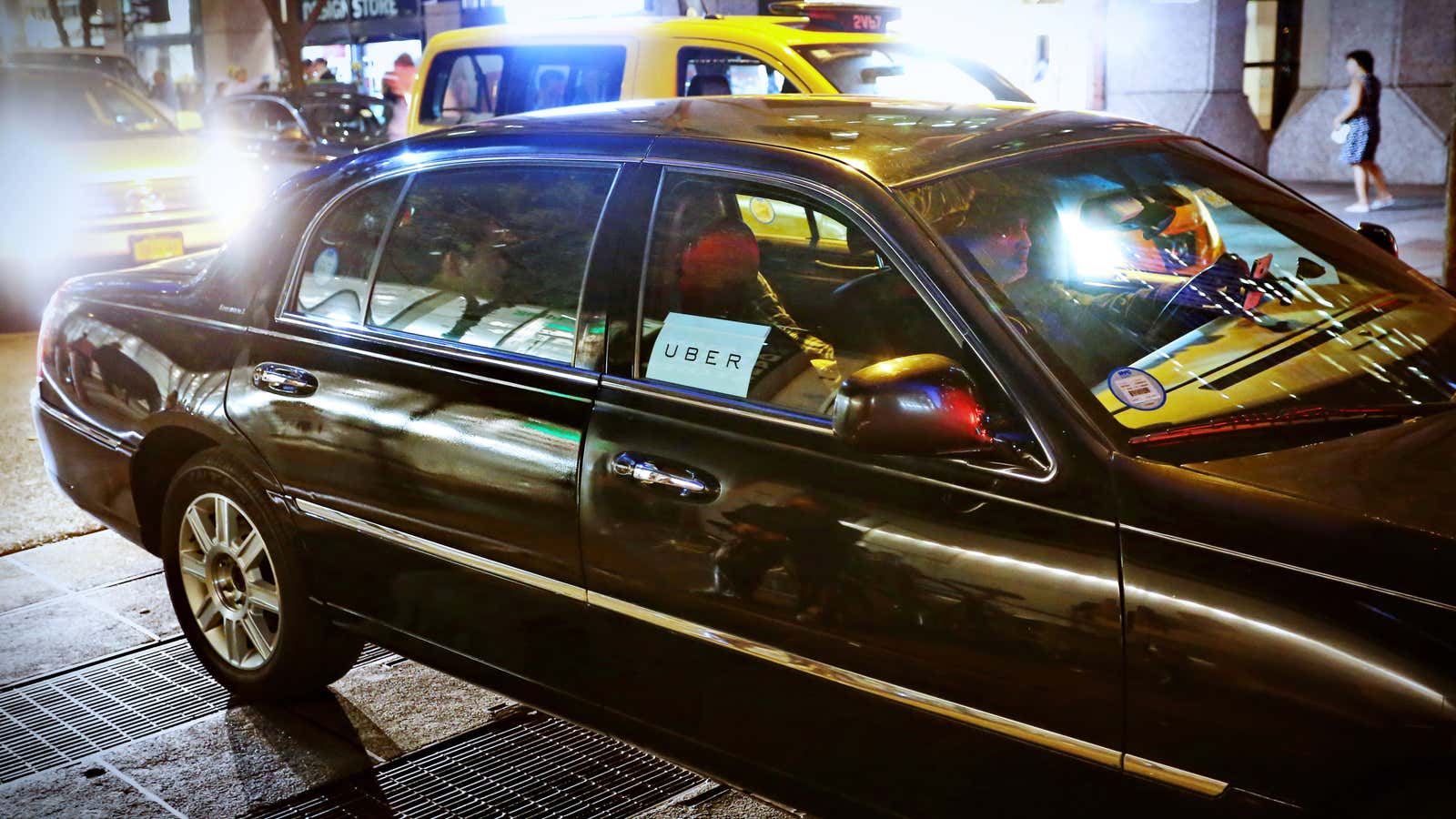How to Stay Safe While Using Uber

Despite the convenience and user-friendly interface, travel apps like Uber still come with certain safety risks. According to its first public safety report , Uber reported 3,045 incidents of sexual assault in the U.S. last year, a slight increase from 2,936 reported in 2017.
And while those numbers may represent a tiny fraction of Uber’s total rides – the company reports that there were 2.3 billion rides in the U.S. between 2017 and 2018 – the total of nearly 6,000 reports of sexual harassment is alarming. this statistic also does not take into account those Uber does not travel to the USA
“The numbers are harsh and hard to digest,” Tony West, Uber’s main legal office, told the New York Times last week. “It says Uber is a reflection of the community it serves.”
In the recent past, Uber has made several attempts to improve its safety practices, including more thorough background checks on drivers , as well as several safety features to be aware of in the event of an emergency.
How to use Uber’s security features
First, if your ride is abruptly stopped for a period of time, Uber can initiate a Trip Check for both driver and passenger. “The technology is proactively screening passengers and drivers to make sure everything is in order, and the app provides tools they can use to get help when needed,” says Uber’s safety report.
For passengers, this may appear as a request if you have configured Uber notifications to appear on your screen for the app; otherwise, a hint will appear under the Share Trip Status option during the trip. From here, you can call 911 from the app (by phone or text message that will send your location to 911 dispatchers), contact the Uber security line, report a crash, or share your trip status with a friend.
If you do not see this prompt or need to contact someone immediately, most of these features are also available while traveling through the Safety Toolkit, which appears as a blue shield on your trip map. You’ll find a more limited set of options here, including a link to Uber’s online safety hub (where you can learn more about its policies), the option to share your location and ride status with a friend or family member, or to call 911 on the app.
Other security tactics
However, in addition to Uber tools, it is important to practice other general safety tips when it comes to sharing apps (from both driver and passenger side). It goes without saying, but always always check the vehicle that appears in front of you by cross-checking the vehicle’s license plate, make, model and color. You can also ask the driver’s name before getting into the car, who is he picking up and your planned destination. If you are in an Uber pool, you can also check other passengers in the car before getting into it; in the app, you can see the names of passengers who may be traveling with you by scrolling to the end of the planned trip.
And always keep in touch through the messaging platform Uber, which uses anonymous phone numbers to maintain privacy for both you and your driver. If you want to be safer, you can also share your location right from the start of your trip using Uber’s Safety Toolkit. Here you can add people to your Trusted Contacts, which allows you to send trip status to up to five people of your choice.